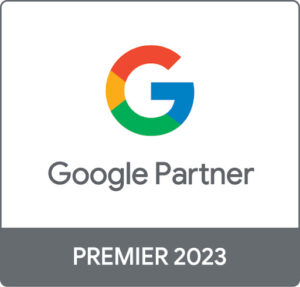Understand your audience with our top 5 tips
When creating content, writing ad copy or developing marketing plans one of the most important steps you probably consider is your audience. Who they are, what their likes and dislikes are, what their challenges are and how they would benefit from using your product or service.
When you know and understand your audience, you can then tailor multiple aspects of your business to reach audiences you’ve identified. This can be done by creating content that resonates with audiences, providing support when they need it and resolving any blocks that may prevent them from utilising your product or service. In turn, generating more leads and converting them into paying customers as well as improving customer retention rates.
So how can you identify your audience and understand them better?
- Analyse current data and analytics
- Find your customers and converting audiences
- Monitor reviews, feedback and engagements with content
- Create buyer personas
- Experiment with updates and new content
Analyse current data and analytics
As you are looking to understand your audience on a more detailed level, you should begin by reviewing data you already have available. This could include Google Analytics, website e-commerce data, CRM data or social media analytics. This also should include any relevant audience analysis previously conducted (this could provide baseline information to help with other actions).
This is likely to provide information about pre-existing pain points and challenges and what audiences may require from you as a business.
Find your customers and converting audiences
Being able to understand what is working when trying to convert audiences is key – it shows what approach is already creating opportunities. Review data to understand products, services, marketing efforts and support that your audience is utilising. As your business grows you can understand what audiences are interacting with your business and you can refer to these when making key decisions.
Monitor reviews, feedback and engagement with content
By monitoring actions taken by your different audiences, you can learn a lot about their behaviours and actions over time – what they like and dislike, when they engage, what their habits are and how they go about engaging with your business and products/services. Monitor your reviews, surveys and forms as well as social media engagements, customer support and online reviews on community pages. This will help to understand both positive and negative experiences with the brand and allow you to work to improve the pain points identified.
Create buyer personas
If you don’t already have buyer personas, now is the time to create them. The first step is to understand what your audience for each persona wants, needs and likes – there will likely be more than one so this is where your analysis of data will help you. Personas should include key demographic information, pain points, challenges and opportunities. By developing personas, at a basic level it should enable you to create targeted content for different audiences.
Experiment with new updates to content, products and services
Finally, don’t be afraid to experiment with your products, services and content. As you’ve taken all the steps to understand and identify your audience you can now begin to tailor your business to what they like, need and want. Being able to test out new ideas with your audiences is a key way of evolving your business and preventing stagnation. This could even lead to a whole new avenue of revenue and conversions based solely on your audience analysis.
Working with Seed to help you understand your audience better
Being able to understand and get to know your audience is a process that can be hard to navigate but it is essential to all businesses. This is a step that helps you ensure that content created resonates with your audience, that products and services are relevant to personas and that customers you are spending time and money targeting are converting. By converting these audiences, you can play into long-term brand advocacy. If a person likes your products or services and the content your brand puts out they are likely to develop brand loyalty and recommend to others – benefitting your success rate and revenue.










